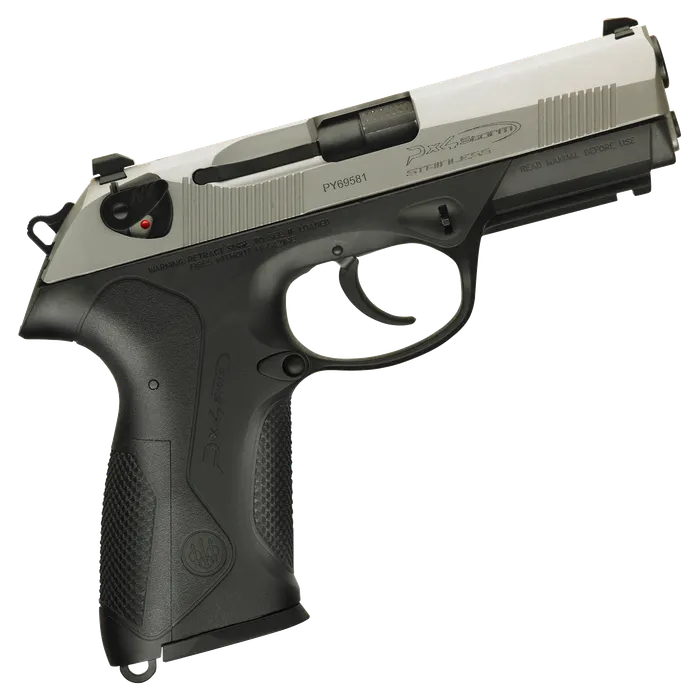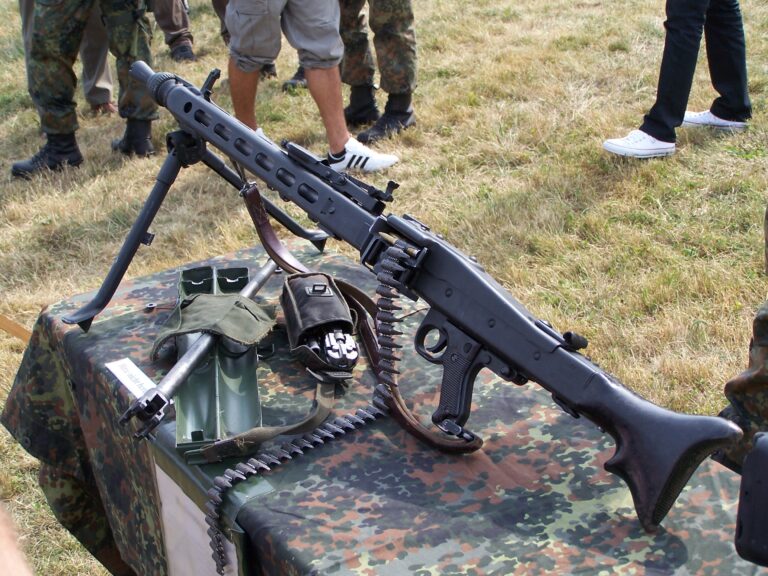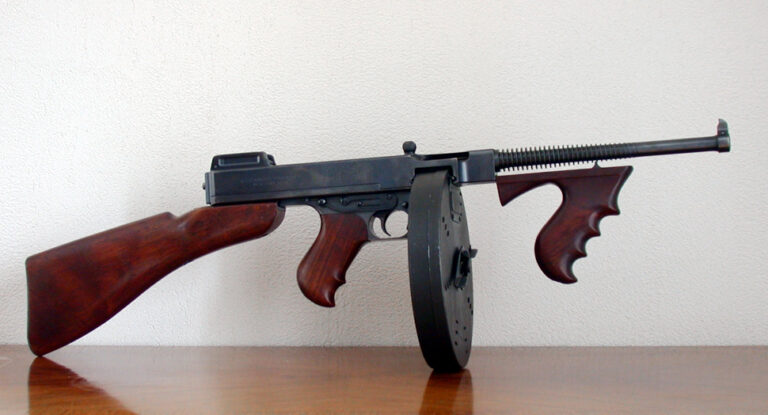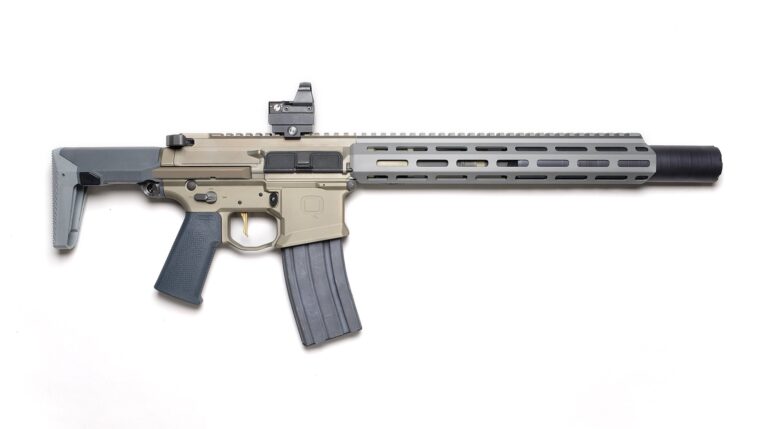Introduction
The English Lee-Enfield rifle is one of the most iconic rifles in military history. Used by British and Commonwealth forces for over half a century, it played a central role in both World Wars and other major conflicts. Renowned for its robustness, rapid rate of fire and large magazine capacity, the Lee-Enfield is a weapon that symbolizes the power and resilience of the British Empire. This article explores in detail the history, specifications, performance and impact of this legendary rifle.
Origin and development
The development of the Lee-Enfield began in the late 19ᵉ century with the Lee-Metford, a rifle designed to meet the needs of the British armed forces. The Lee-Metford combined a repeating magazine, a rotary bolt and a caliber suited to modern ammunition. However, increasing demands for accuracy and firepower led to its replacement by the Lee-Enfield in 1904.
The Short Magazine Lee-Enfield (SMLE), introduced in 1907, quickly became the standard weapon of the British forces. It offered a unique combination of high magazine capacity (10 rounds), maneuverability and rapid fire thanks to its innovative bolt mechanism. The SMLE Mk III, in particular, became one of the most emblematic models of the First World War.
Technical specifications
The Lee-Enfield is renowned for its technical specifications, which set it apart from many contemporary rifles.
–Calibre: .303 British (7.7 × 56 mm R), offering a good compromise between power and range.
–Magazine capacity: 10 cartridges, a significant advantage at a time when most rifles held only 5.
Mechanism: Hand-repeating rotary lock, allowing rapid reloading while maintaining precision.
–Overall length: 1,130 mm (for Mk III model).
Barrel length: 640 mm, ideal for long-range shooting.
–Weight: Approx. 4 kg, balanced for stable shooting.
–Effective range: approx. 500-600 metres with conventional sights, up to 2,000 metres with adjusted sights.
Its ability to fire quickly thanks to a smooth, ergonomic bolt, as well as its robustness, made it the weapon of choice for British soldiers.
The Lee-Enfield in World War I
During the First World War, the Lee-Enfield became an essential tool for British troops. Its rapid rate of fire, nicknamed the “Mad Minute”, enabled an experienced shooter to fire up to 20 rounds per minute, an impressive feat for a bolt-action rifle.
In the muddy trenches of the Somme and Verdun, the Lee-Enfield proved its reliability. Unlike other contemporary rifles, it could operate effectively in extreme conditions, thanks to its well-designed mechanism. Its 10-round magazine capacity also gave soldiers a significant advantage in close engagements.
Developments during the Second World War
The Second World War saw the introduction of new versions of the Lee-Enfield, notably the No. 4 Mk I designed to be easier to mass-produce. This model featured an improved sight, a more robust design and improved ergonomics for soldiers.
The Lee-Enfield No. 4 was used on all fronts, from Western Europe to Southeast Asia. Its versatility and reliability in a variety of environments, from the deserts of North Africa to the jungles of Burma, made it an invaluable asset to British and Commonwealth armed forces.
Post-World War II use
Even after its gradual replacement by the L1A1 SLR semi-automatic rifle in the 1950s, the Lee-Enfield continued to be used in many conflicts. Modernized versions were adopted by paramilitary and police forces in several Commonwealth countries.
Today, the Lee-Enfield is still in service in some remote areas, notably for local defense or hunting, testifying to its longevity and build quality.
Comparison with other contemporary rifles
The Lee-Enfield stands out from the other bolt-action rifles of its time:
–Mauser 98: Known for its simplicity and accuracy, but with a slower rate of fire and a magazine of just 5 rounds.
–Springfield M1903: More accurate at long range, but less practical for close engagements.
–Mosin-Nagant: Robust and economical, but with less advanced ergonomics than the Lee-Enfield.
Thanks to its fast mechanism and loader capacity, the Lee-Enfield outperformed many competitors in the demanding conditions of the battlefield.
Cultural impact and heritage
The Lee-Enfield is a symbol of British military history. Used in major conflicts, it has left a lasting imprint not only on weaponry, but also on popular culture. Its image can be found in films, TV series and video games recounting world conflicts.
Today, the Lee-Enfield is prized by collectors and enthusiasts of historic weapons. It is also used in traditional shooting competitions, and is renowned for its accuracy and robustness.
Conclusion
The English Lee-Enfield rifle embodies the ingenuity and power of the British Empire through the ages. Its robustness, rate of fire and adaptability make it a legendary weapon. Whether for its role in world conflicts or its cultural heritage, the Lee-Enfield remains a symbol of resilience and performance in the history of weaponry.









